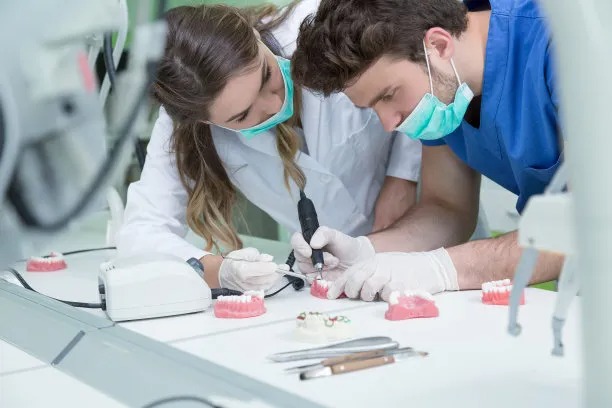The Essential Guide to Extracting a Tooth Safely and Understanding the Aftercare Process
Summary: Extracting a tooth safely is a critical procedure that requires careful consideration and expertise. This guide details essential steps for ensuring the safe extraction of a tooth, the importance of pre-extraction assessments, and the various methods available for extraction. Additionally, it delves into the necessary aftercare processes following a tooth extraction, such as managing pain and preventing infection. By understanding these elements, patients can confidently navigate the challenges associated with tooth extraction, ensuring a smoother experience and optimal recovery.
1. Importance of Pre-Extraction Assessment

Before any tooth extraction procedure, a comprehensive assessment is vital. This involves a thorough examination of the patients dental history, current health status, and specific dental issues leading to the extraction. The dentist will take X-rays to understand the positioning of the tooth and surrounding structures. Understanding these factors helps in planning the extraction procedure more effectively.
A proper assessment also identifies any potential risks or complications that may arise during the extraction. For instance, patients with certain medical conditions may require additional precautions. This analysis is crucial in deciding whether the extraction should be performed immediately or if alternative treatments may be more suitable.
Finally, a complete discussion regarding the procedure, its potential risks, and aftercare should be conducted with the patient. This ensures that they are fully informed and can mentally prepare for the experience, laying a strong foundation for a successful extraction.
2. Safe Tooth Extraction Techniques
The primary goal during a tooth extraction is to ensure safety for the patient while minimizing discomfort. The two most common techniques involve simple extraction and surgical extraction. A simple extraction is suitable when the tooth is visibly above the gum line, while surgical extraction is needed for teeth that are not easily accessible.
An anesthetic is administered before the procedure to mitigate pain. Local anesthesia is commonly used for simple extractions, whereas general anesthesia may be required for complex surgical cases. The dentists experience and the patients condition significantly influence the choice of anesthesia.
Once the anesthesia takes effect, the dentist uses specialized tools to gently loosen and remove the tooth from its socket. Careful handling reduces the risk of complications, including damage to surrounding teeth and tissues. Post-extraction, the dentist ensures that any remaining fragments are cleared from the socket, thus promoting a smoother healing process.
3. Immediate Post-Extraction Care
After the extraction is completed, immediate care is crucial to minimize pain and reduce the risk of infection. Patients are typically advised to bite on gauze placed over the extraction site for about 30 minutes to help stop any bleeding. This keeps pressure on the wound, which aids in clot formation.
Patients should also avoid rinsing their mouth or drinking through straws for the first 24 hours, as these actions can dislodge the blood clot that forms, resulting in dry socket. Elevating the head while resting can further help in controlling bleeding and swelling.
Cold compresses applied to the outside of the cheek can reduce swelling and numb the area, providing additional comfort. Pain relief medication, as prescribed by the dentist, should be taken as needed, keeping in mind the importance of not exceeding the recommended dosages.
4. Long-Term Aftercare and Recovery
After the initial recovery from the tooth extraction, long-term aftercare is essential for promoting healing and avoiding complications. Maintaining a soft-food diet in the days following the procedure is advisable, allowing the extraction site to recover without additional irritation.
Good oral hygiene should be gradually restored. Gently brushing teeth and rinsing with warm salt water after the first 24 hours can aid in preventing infection while also keeping the area clean. Patients should avoid vigorous rinsing that could disturb the healing socket.
Its vital for patients to monitor for any signs of complications, such as prolonged bleeding, severe pain, or unusual swelling. Consulting with a dentist if such symptoms occur ensures timely intervention and promotes a successful recovery process.
Summary: The journey of safely extracting a tooth involves a series of essential steps, beginning with a thorough pre-extraction assessment to identify any risks. Once the safe extraction techniques are utilized, immediate post-extraction care is vital in minimizing discomfort and ensuring a successful recovery. Long-term aftercare further solidifies the healing process, ensuring no complications arise. This guide serves as a comprehensive resource for anyone considering tooth extraction as part of their dental care.
This article is compiled by Vickong Dental and the content is for reference only.



